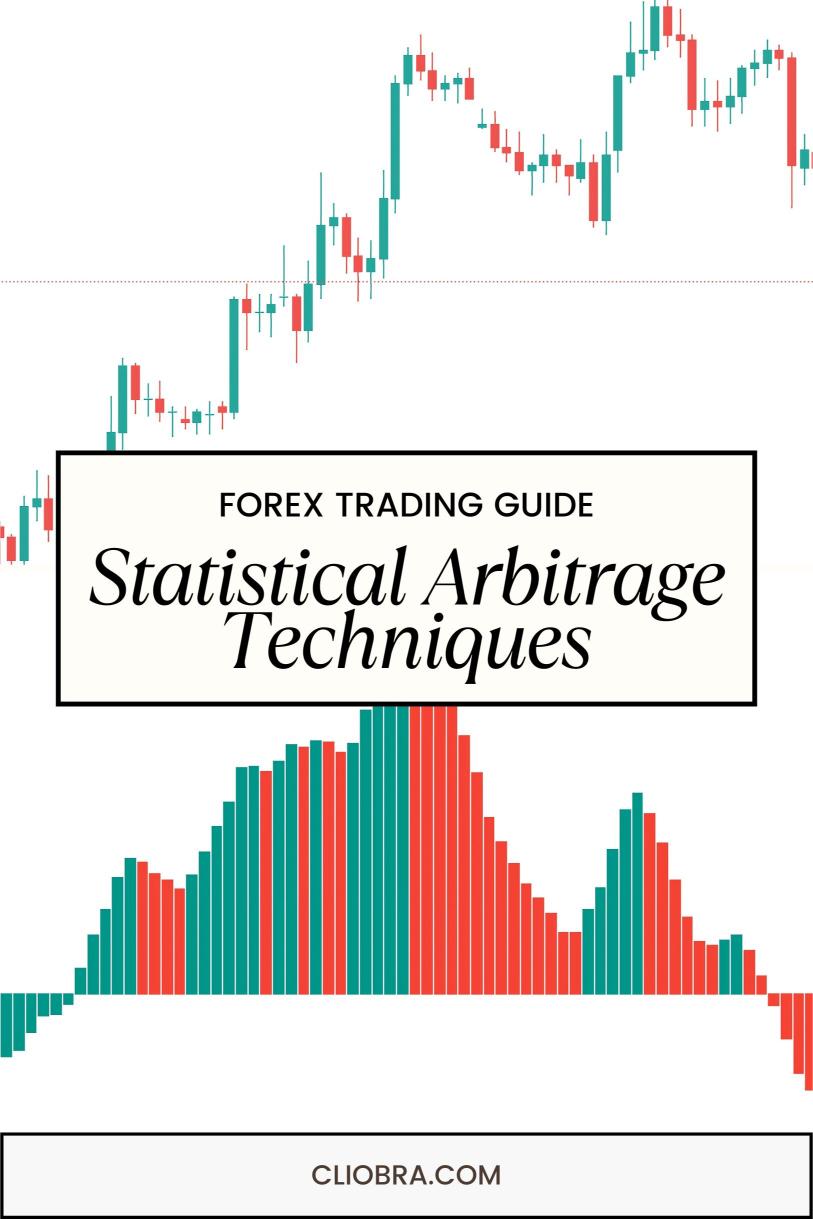Last Updated on February 8, 2025 by Arif Chowdhury
Are you tired of the same old Forex strategies that just don’t cut it?
Wondering how to make consistent profits without the usual headaches?
Let me share some insights on statistical arbitrage techniques that can change your game.
As a seasoned Forex trader since 2015, I’ve explored countless strategies.
Through trial and error, I’ve landed on a few methods that really work.
Statistical arbitrage is a game-changer, allowing you to profit from price discrepancies without relying solely on market direction.
What is Statistical Arbitrage? 🤔
Statistical arbitrage involves taking advantage of price inefficiencies in currency pairs.
It’s all about statistical models and algorithms that identify and exploit these temporary mispricings.
Here’s how it works in simple terms:
- Identify Pairs: Focus on correlated currency pairs.
- Analyze Data: Use historical data to determine the normal price relationship.
- Execute Trades: Place trades when the price diverges from this norm.
It’s not just about luck; it’s about strategy and data.
Key Techniques to Implement
Now, let’s dive into some of the best statistical arbitrage techniques I’ve personally found effective.
1. Mean Reversion Strategy 📉
The mean reversion strategy is based on the idea that prices will revert to their historical averages.
When a currency pair strays too far from its average, it’s likely to come back.
- Identify historical average prices.
- Monitor for significant deviations.
- Execute trades to capitalize on the expected return to the mean.
2. Pairs Trading 🔗
This technique involves trading two correlated currency pairs.
When one pair goes up, the other is likely to follow.
- Select pairs with a strong historical correlation.
- Monitor their price movements.
- Buy the undervalued pair and sell the overvalued one.
For example, if EUR/USD and GBP/USD are moving apart, you can profit when they converge again.
3. Cointegration Analysis 🔍
Cointegration helps identify pairs that move together over time.
If they diverge, it’s a signal to trade.
- Use statistical tests to find cointegrated pairs.
- Monitor their spread.
- Trade when the spread widens beyond a certain threshold.
Why It Works
Statistical arbitrage techniques work because they rely on historical data and sound statistical principles.
A study showed that over 70% of Forex traders lose money, but those who apply these techniques can often flip the odds in their favor.
Here’s a quick breakdown of the benefits:
- Data-Driven Decisions: Removes emotional trading.
- Risk Management: Diversifying across strategies minimizes risk.
- Consistency: Establishes a systematic approach to trading.
Real-Life Example 🌍
Let me share a quick story.
I once spotted a mean reversion opportunity between EUR/USD and USD/CHF.
After analyzing historical data, I noticed that their spread had widened significantly.
Following my strategy, I traded to capitalize on the expected convergence.
In just a few days, I was able to lock in profits, demonstrating the power of statistical arbitrage.
Building a Robust Portfolio
To enhance your statistical arbitrage strategies, consider diversifying your trading portfolio.
I’ve developed a unique portfolio comprising 16 sophisticated trading bots across major currency pairs like EUR/USD, GBP/USD, USD/CHF, and USD/JPY.
Each bot is designed to tackle different market conditions.
This multi-layered diversification reduces correlated losses and enhances overall profitability.
My bots trade based on H4 charts and aim for long-term gains of 200-350 pips, proven through 20 years of backtesting.
If you’re serious about maximizing your potential in Forex, I highly recommend checking out my trading bot portfolio.
You’ll find bots tailored to minimize risks while enhancing returns.
Choosing the Right Broker
To implement these techniques effectively, you need a reliable broker.
A solid broker can make all the difference in your trading experience.
I’ve tested several and found the best ones that offer tight spreads and excellent support.
You can explore them through my recommended Forex brokers.
Final Thoughts
Statistical arbitrage can elevate your trading game.
With the right techniques and tools, you can navigate the Forex market with confidence.
Remember, it’s about data-driven decisions and minimizing risks.
So, what are you waiting for?
Dive into these strategies, check out my trading bots, and start your journey to consistent profitability today!
